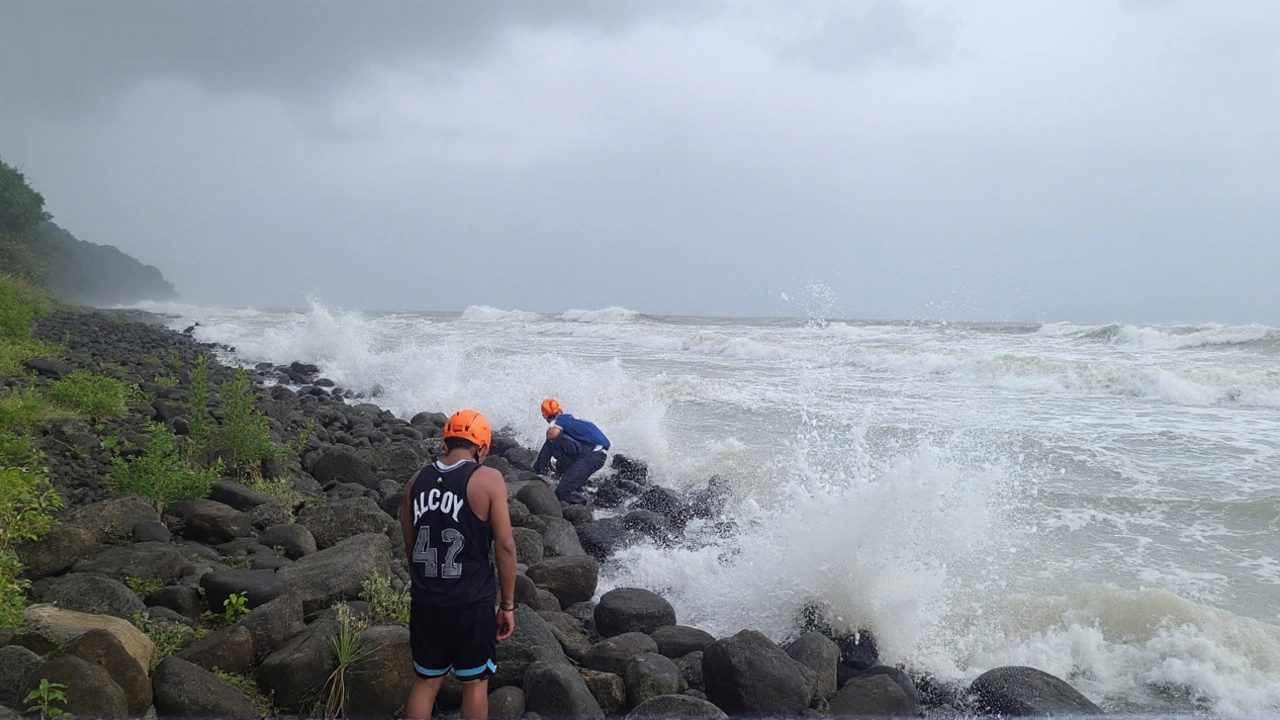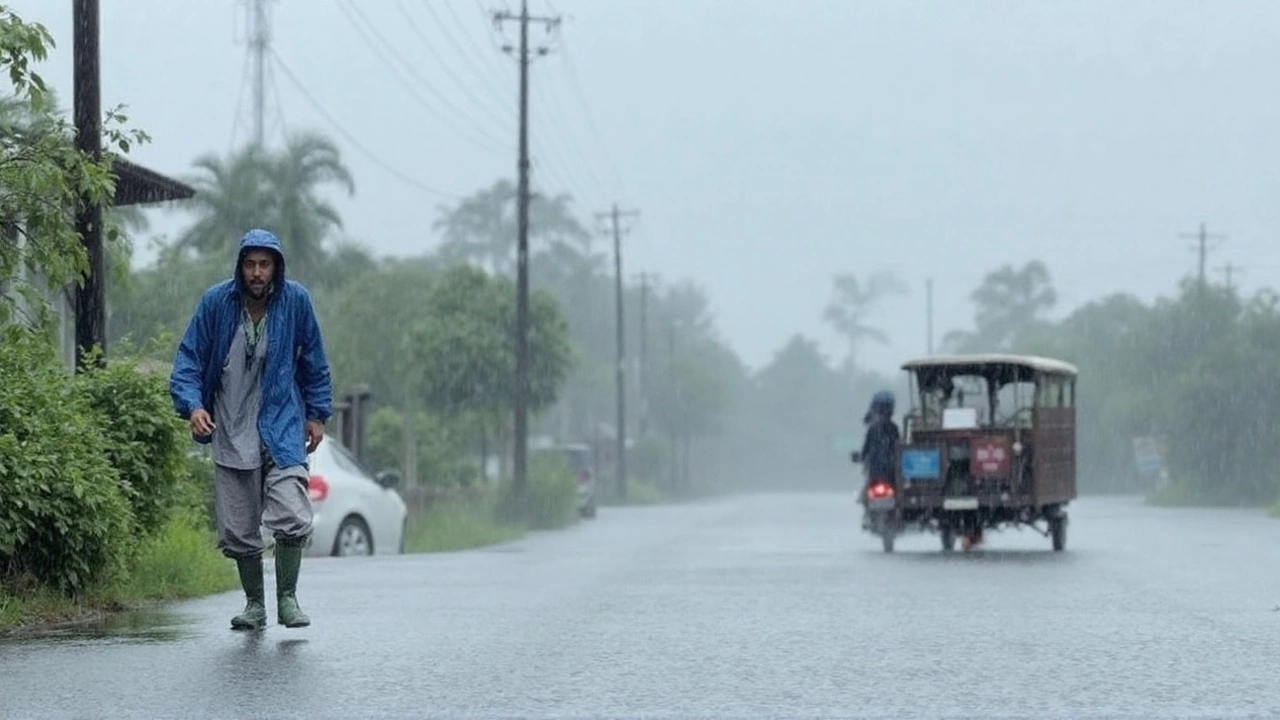Super Typhoon Ragasa is punching its way across East and Southeast Asia, and the scene on the ground is nothing short of frantic. In Hong Kong, officials have pulled the plug on all classes for two days, a move that hasn’t been seen in years. The airport is scrambling, with about 700 flights either delayed or scrubbed, leaving travelers stuck in terminals and cargo crews reshuffling schedules.
What’s Happening on the Ground?
Across the border, China’s response looks just as intense. Ten cities along the expected track have ordered schools, offices, and even some factories to close their doors. Police and emergency crews are already on standby, ready to clear roads and secure vulnerable infrastructure. Residents in coastal districts are bracing for storm surge, which could push seawater far inland, flooding streets that normally sit dry.
Local businesses are feeling the pinch too. Small shops that rely on daily foot traffic are shutting up early, while supermarkets are restocking shelves with bottled water and batteries. Delivery services have rerouted trucks to avoid flood‑prone highways, and some logistics firms are moving cargo to inland warehouses to dodge the worst of the rain.

Tech and Coordination in the Storm Response
One of the biggest surprises for many observers is how much artificial intelligence is shaping the response. Meteorologists are feeding real‑time satellite data into AI models that can tweak the storm’s projected path every few minutes. This gives officials a clearer picture of where the hardest hits will land, allowing them to prioritize evacuations and deploy rescue teams more efficiently.
Johnny Chan, who chairs the Asia‑Pacific Typhoon Collaborative Research Center, says the AI tools are a game‑changer. “We used to rely on static models that could be off by tens of miles,” he explains. “Now the forecasts update as the storm evolves, and that’s saving lives and resources.” He also points out that Hong Kong’s recent upgrades to its typhoon management plan—new shelters, better communication channels, and stricter building codes—have paid off, making the city more resilient than it was a decade ago.
Even the power grid is getting a boost. Smart sensors are tracking wind speeds on towers, automatically shedding load before lines snap. Backup generators are being positioned near hospitals and schools that remain open for emergency shelter. All of this adds up to a coordinated effort that, while still under pressure, looks far more organized than past disaster responses.
Still, the challenges are massive. Rainfall totals are expected to exceed 300 mm in some valleys, turning roads into rivers and triggering landslides. The surge could top five meters in low‑lying harbors, overwhelming sea walls that were built for weaker storms. And with the storm’s wind speeds topping 150 mph, even well‑built structures risk damage.
As night falls, the region’s emergency operations centers stay lit, monitoring every update. Social media feeds are flooded with real‑time reports—people posting pictures of water gushing onto streets, volunteers offering to help neighbors, and officials reminding citizens to stay indoors until the winds calm. The hope is that the blend of improved preparedness, tech‑driven forecasts, and cross‑border cooperation will keep the death toll low, even if the economic toll climbs.
